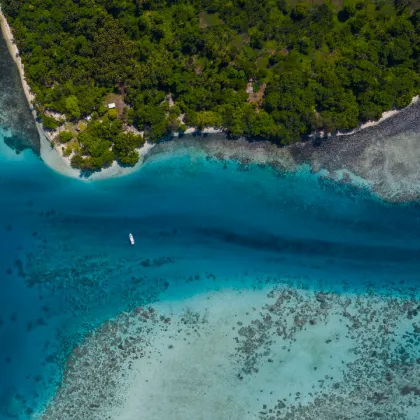The instantly recognizable and iconic Mount Kilimanjaro dominates the landscapes like no other attraction across Tanzania. And Kilimanjaro Climbing is one activity that will allow you to accomplish a major accomplishment – conquering the peak of the world’s largest freestanding mountain in the world. From the encircling plains, the mountain rises vertically for almost 6 km. This makes a Kilimanjaro Climb a stellar experience.
Marangu Route known as the "Coca-Cola" route, it is the most popular and well-established route for a Kilimanjaro Climb. The route offers basic hut Kilimanjaro Accommodations along the way and is less challenging than other routes.
Kilimanjaro Machame Route known as the "Whiskey" route, it is one of the most scenic routes with stunning views along the way. It is a more challenging route than the Marangu but offers a higher chance of success.
Lemosho Route is a longer and more remote route to Climb Kilimanjaro. It offers a more wilderness-like experience and has a higher success rate than the Marangu and Machame Routes.
Shira Route joins the Lemosho Route on day two of the climb and is a more challenging alternative to the Lemosho route. It is also a more scenic route with stunning views of the mountain.
Rongai Route is the only route that approaches Kilimanjaro from the north, starting near the Kenyan border. It offers a more remote and less crowded experience, with beautiful views of the mountain.
Northern Circuit Route is the newest and longest route for Kilimanjaro Climbing, offering a unique and scenic experience with a high chance of summiting. It is the least crowded of all the routes and offers a longer acclimatization period for climbers.
One major aspect of Kilimanjaro Climbing Tours is passing through the carrying ecosystems and climatic zones of the mountain. Its habitats are teeming with diverse flora and fauna. The lower region of Kilimanjaro is composed of tropical rainforests and bushlands that are evergreen. The landscapes transform into shrublands at around 9800 ft. And, above 13,000 ft. the environment is arid and rocky. Above this, Kilimanjaro turns into an alpine desert region while the topmost region is arctic.
Climbing Mount Kilimanjaro isn’t a walk in the park – and you should be aware of this. It takes around 5 days to reach Uhuru Peak. Don’t get disheartened though – because some exercise and cardio will be very useful for your trek. You should be in fairly decent shape before your trek.
Your ultimate Kilimanjaro Route, with tips, things to do, and the best things to see in Kilimanjaro. Great for first-time and returning travellers. What's rated, underrated or overrated etc. Get it now!
This Kilimanjaro Climbing Guide is for you. It takes the most frequently asked questions and common misconceptions about climbing Kilimanjaro and sets the record straight. Let's Start!
Kilimanjaro Faq's, get the queries about Climbing Kilimanjaro. We've answered about how long, what is the best time to climb Kilimanjaro etc.
The Best Time To Climb Mount Kilimanjaro is during the dry season, which runs from July to October, and from January to March. These months have the most stable weather conditions, with clear skies and less rainfall.
Climbing Mount Kilimanjaro is a challenging endeavour, but it can be done by people with a moderate level of fitness and no prior climbing experience. However, it is important to train for the hike and acclimate to the altitude to increase your chances of reaching the summit.
The duration of the climb depends on the chosen route, but most climbers take around 5-8 days to reach the summit and descend. Longer routes offer better acclimatization and higher success rates.
Yes, all climbers are required to have a licensed guide to Climb Mount Kilimanjaro. The guide will provide support, ensure safety, and help with logistics and planning.
Climbers should pack appropriate clothing for both warm and cold weather conditions, as well as gear such as hiking boots, a warm sleeping bag, and a headlamp. It is also important to bring enough water, snacks, and personal items.
Yes, altitude sickness is a concern when Climbing Mount Kilimanjaro. Climbers should take precautions such as drinking plenty of water, taking regular breaks, and acclimatizing to the altitude to avoid altitude-related illnesses.

Tailor-made and life-changing travel experiences

Looking to start planning an incredible adventure? Plan a truly bespoke experience with our Travel Designers today.